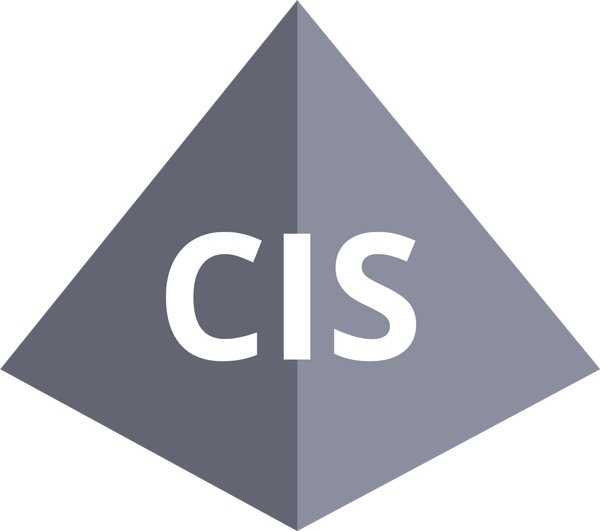Bias in hiring is an ongoing challenge that recruiters must navigate carefully. Unconscious bias, stereotypes, and personal prejudices can all influence hiring decisions, often leading to a less diverse and inclusive workforce. Fortunately, there are several effective strategies that recruiters can adopt to reduce bias in their hiring process and ensure fair, equitable, and inclusive recruitment practices. In this article, we explore some key methods for mitigating bias in hiring and creating a more diverse and inclusive workplace.
1. Standardize the Recruitment Process
One of the most effective ways to reduce bias in hiring is to standardize the recruitment process. This includes:
- Creating uniform job descriptions: Clearly define the qualifications, responsibilities, and expectations for each role, ensuring they are free of gendered language or biases.
- Utilizing structured interviews: Develop a set list of questions for each candidate to answer, which helps eliminate variation in questions that could introduce bias.
- Establishing scoring rubrics: Create consistent scoring criteria for evaluating candidates based on their qualifications, experience, and responses during interviews.
By standardizing these aspects of the hiring process, recruiters can make fairer comparisons between candidates and focus on objective qualifications.
2. Use Blind Recruitment Practices
Blind recruitment involves removing identifiable information from candidates’ applications to eliminate unconscious bias. Recruiters can implement the following blind practices:
- Anonymizing resumes: Remove names, photos, and other personal information from resumes and applications.
- Blind assessments: Evaluate candidates based on skills assessments or work samples without knowing their identity.
These practices help recruiters focus on a candidate’s skills and qualifications rather than their background or other potentially biasing information.
3. Implement Diverse Interview Panels
Diverse interview panels bring a variety of perspectives and experiences to the hiring process, which can help reduce individual bias. Having a panel composed of people from different backgrounds, genders, and ethnicities can lead to more balanced hiring decisions and a more inclusive recruitment process.
4. Leverage Technology and AI
AI and other technology solutions can help minimize bias in the hiring process by providing objective assessments of candidates. For instance:
- AI-driven resume screening: AI tools can evaluate resumes based on predefined criteria, helping recruiters focus on skills and experience rather than personal details.
- Video interview analysis: Technology can analyze video interviews to identify patterns and potential biases in the questions asked or the way candidates respond.
While AI and technology can be valuable tools for reducing bias, it’s important to monitor and regularly review these systems to ensure they are not perpetuating bias inadvertently.
5. Promote Inclusivity in Job Postings
The language used in job postings can impact the diversity of candidates who apply. To promote inclusivity:
- Use neutral language: Avoid gender-specific language and industry jargon that may discourage certain groups from applying.
- Include inclusive statements: Add statements emphasizing your commitment to diversity and inclusion in the workplace.
- Highlight flexible work options: Offering flexible work arrangements can attract a wider pool of candidates.
By making job postings more inclusive, recruiters can encourage a broader range of applicants from different backgrounds.
6. Provide Bias Training for Hiring Teams
Bias training can help hiring teams recognize and mitigate their own unconscious biases. Through workshops, discussions, and self-assessment exercises, team members can learn how to identify and address biases in the hiring process. Continuous education and awareness can lead to more equitable hiring practices.
7. Monitor and Evaluate Hiring Data
Regularly reviewing hiring data can help identify patterns of bias and areas for improvement. By tracking metrics such as the diversity of candidates, hires, and promotions, recruiters can assess the effectiveness of their hiring practices and make data-driven decisions to enhance diversity and inclusion.
8. Encourage Diverse Candidate Pipelines
Building a diverse candidate pipeline involves actively seeking out candidates from underrepresented groups. This can be achieved through:
- Partnering with diverse organizations: Collaborate with groups that represent different communities to expand your reach and access a wider pool of candidates.
- Attending diverse job fairs and events: Participate in events that focus on underrepresented groups to attract a more diverse talent pool.
By encouraging diverse pipelines, recruiters can increase the chances of hiring candidates from various backgrounds and experiences.
9. Foster a Culture of Diversity and Inclusion
Creating a diverse and inclusive culture goes beyond the hiring process. It involves establishing an environment where all employees feel valued and respected. This includes:
- Implementing inclusive policies: Policies such as flexible work arrangements, parental leave, and anti-discrimination measures help create a welcoming workplace.
- Providing diversity training: Ongoing training helps educate employees on issues of diversity and inclusion, promoting understanding and respect.
A strong culture of diversity and inclusion can attract top talent and reduce bias in hiring by reinforcing the importance of a fair and equitable workplace.

Reducing bias in hiring is a multifaceted endeavor that requires a combination of strategies and continuous efforts. By standardizing the recruitment process, implementing blind practices, leveraging technology, and fostering an inclusive culture, recruiters can create a more equitable and diverse workforce. These efforts not only benefit individual organizations but also contribute to a more inclusive society overall. By prioritizing diversity and inclusion, recruiters can create opportunities for candidates from all backgrounds and ensure fair hiring practices for everyone.

